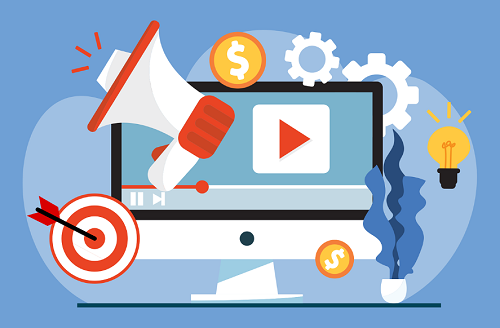


Marketing has evolved dramatically over the past few decades. As businesses seek more effective ways to connect with potential customers, the contrast between inbound and outbound marketing has become increasingly evident. While traditional outbound marketing methods, such as TV ads, cold calling, and direct mail, have been the norm for years, inbound marketing offers a more modern, customer-centric approach. This article explores the key advantages of inbound marketing over outbound methods and how marketers can leverage tools like Markethive to maximize their promotional efforts.
Approach: Inbound marketing employs a pull strategy, attracting customers organically through valuable content and interactions. Conversely, outbound marketing uses a push strategy, broadcasting messages to a broad audience in hopes of capturing interest.
Communication: Inbound marketing encourages two-way communication, fostering engagement and dialogue between businesses and customers. Outbound marketing, however, often relies on one-way communication, delivering messages without necessarily seeking a response.
Inbound marketing is generally more cost-effective than traditional outbound methods. Tactics such as blogging, search engine optimization (SEO), and social media marketing require less financial investment compared to expensive TV commercials or direct mail campaigns. Additionally, because inbound marketing targets interested audiences, it often delivers a higher return on investment (ROI).
One of the most significant advantages of inbound marketing is the ability to precisely target specific audiences. By creating detailed buyer personas and leveraging data-driven insights, businesses can tailor their content to meet the needs and interests of their ideal customers. This level of personalization increases the relevance and effectiveness of marketing efforts.
Inbound marketing focuses on creating evergreen content that continues to attract traffic and generate leads over time. Optimized blog posts, e-books, and other content assets can maintain search engine rankings, driving ongoing organic traffic. This long-term sustainability makes inbound marketing a powerful strategy for continuous lead generation.
Inbound marketing fosters deeper relationships with customers through valuable content and interaction. By consistently providing useful information, businesses can establish themselves as trusted authorities in their industry. This trust and credibility are crucial for building strong, lasting customer relationships.
Inbound marketing emphasizes nurturing leads through the buyer's journey, resulting in higher quality leads who are more likely to convert. By engaging and informing prospects at each stage, businesses can ensure that potential customers are well-prepared to make a purchase decision, leading to increased conversion rates.
One of the standout features of inbound marketing is its measurability. Tools like Google Analytics, HubSpot, and others provide detailed insights into the performance of inbound efforts. Marketers can track metrics such as website traffic, lead generation, and conversion rates, allowing for continuous improvement and optimization of strategies.
Numerous companies have successfully implemented inbound marketing strategies and seen significant improvements in their results. For instance, businesses that shifted from outbound to inbound marketing often report increased website traffic, higher lead quality, and improved ROI. These success stories underscore the effectiveness of inbound marketing in today's digital landscape.
While inbound marketing offers many advantages, it also presents challenges, such as the need for consistent content creation. To overcome this, businesses can develop a robust content strategy and leverage tools to streamline content production. Additionally, patience and persistence are essential, as inbound marketing requires a long-term commitment to see substantial results.
Markethive, a comprehensive inbound marketing platform, offers a suite of tools designed to help marketers spread the word about their promotions effectively. The platform includes a blogging system that blogcasts content out to your social media timelines, ensuring your message reaches a wider audience. Additionally, Markethive provides an email autoresponder system for automated follow-ups, a capture page platform for lead generation, and storefronts to showcase your business. Moreover, its integrated social network fosters community engagement and collaboration. By leveraging these tools, marketers can create compelling content, optimize their online presence, and track the success of their campaigns, ensuring that their promotional efforts reach the right audience and drive meaningful results.
Inbound marketing stands out as a superior approach to connecting with potential customers in today's digital age. Its cost-effectiveness, ability to target specific audiences, long-term sustainability, potential for building better customer relationships, generation of higher quality leads, and measurability make it an invaluable strategy for modern businesses. By integrating inbound marketing practices and leveraging powerful tools like Markethive, marketers can enhance their promotional efforts and achieve lasting success.
Disclaimer: This article is provided for informational purposes only. It is not offered or intended to be used as legal, tax, investment, financial, or other advice.
Featured Image - Pixabay
